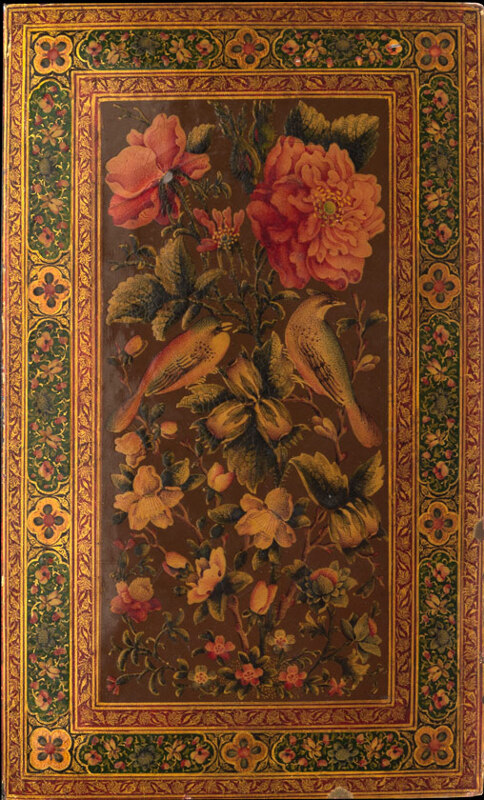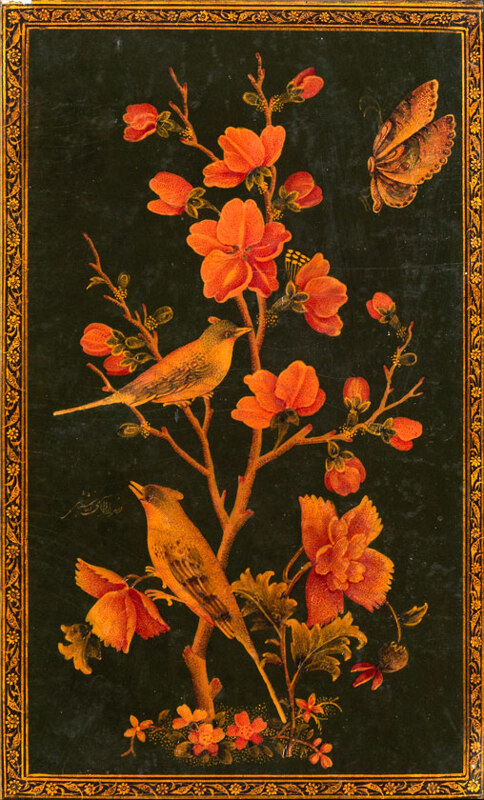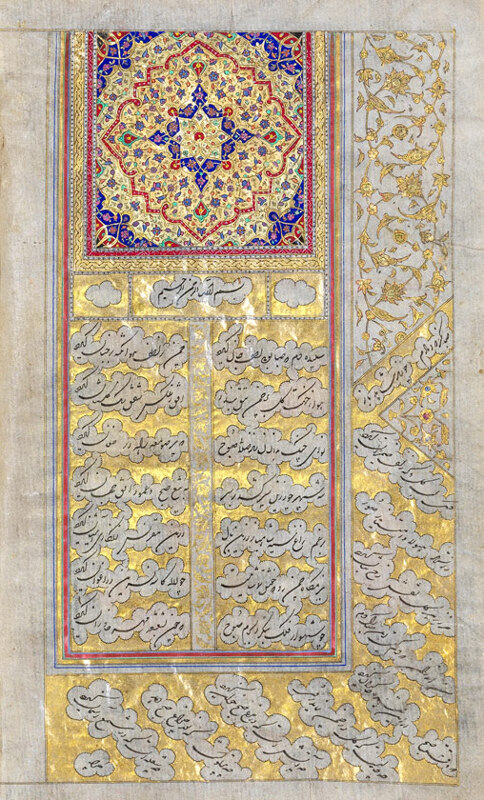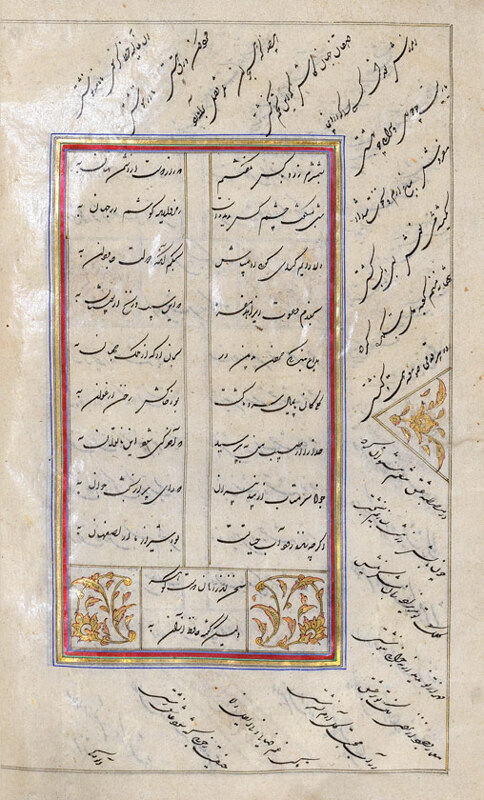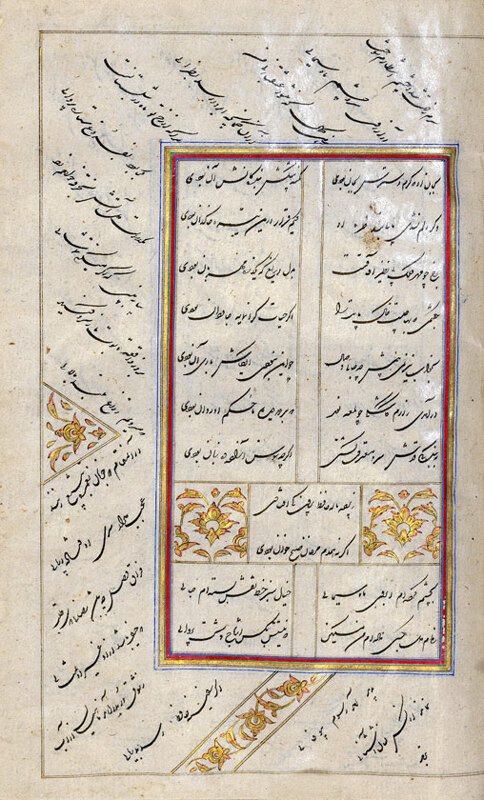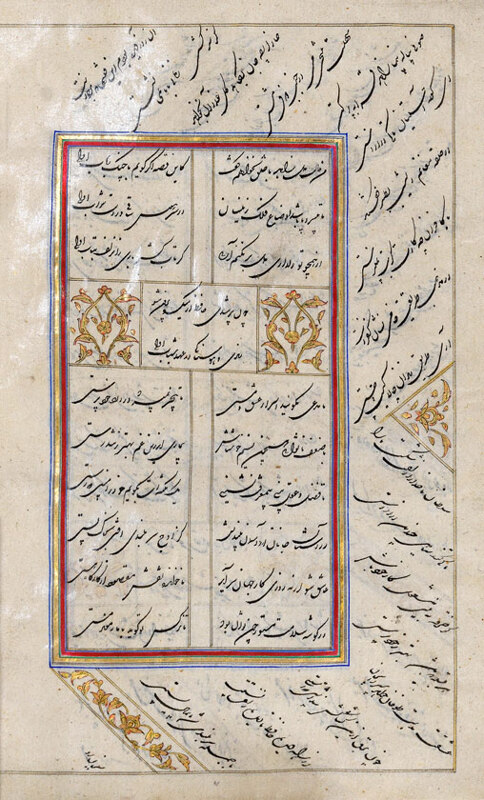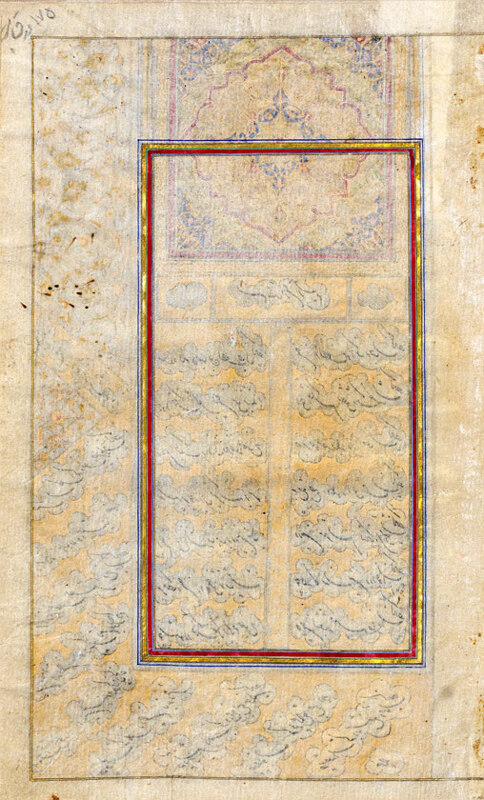If you would like to get in touch, please feel free to contact: email hidden; JavaScript is required
Browse collection
- Full collection
- 18th Century & earlier
- Ackermann
- Africa
- Alken
- Animals
- Arabasia
- Architecture/Mansions
- Art
- Australasia
- Botany
- British Isles
- Caricatures
- Children
- China
- Chromo added colour
- Chromolithographs
- Conchology
- Costume
- Cruikshank
- Culture/Lifestyle
- Dutch
- East European
- Far East
- France
- Furniture/Antiques
- General
- Germany
- Grandville
- Heraldry
- History
- History - England
- History - Europe
- Holy Land
- India
- India - sepia
- Islam
- Italy
- Japan
- Literature
- London
- Manuscript
- Map
- Military
- Monnier
- Natural history
- Pastimes
- Pochoir
- Polar regions
- Portraits
- Religious/Christian
- Religious/other
- Rowlandson
- Russia
- Science
- Scrapbook
- Sepia
- South America
- Sports/Hunting
- Stamps
- Swiss
- The Americas
- Theatre
- Travel/Scenery
- Watercolours
- World
RELIGIOUS/OTHER.
Hafiz.
Divan'i Hafiz
The Divān of Hafez is a collection of poems written by the Iranian poet Hafez. Most of these poems are in Persian, but there are some macaronic language poems (in Persian and Arabic) and a completely Arabic ghazal. The most important part of this Divān is the ghazals. Poems in other forms such as qetʿe, qasida, mathnawi and rubaʿi are as well included in the Divān. There is little evidence that Hafez's lost poems might have constituted the majority of his poetic output, and in addition, Hafez was very famous during his lifetime. Therefore he cannot have been a prolific poet. The number of ghazals that are generally accepted is less than 500: 495 ghazals in Ghazvini and Ghani edition, 486 ghazals in Natel-Khanlari's second edition and 484 ghazals in the Sayeh edition.
- Published
- Persia, Isfahan, 1876
- References
- Tabrizi , The Lives & Art of Old Painters of Iran, vol 3, London, 1991, pp. 1384-87.
- Plates
- 5
- Binding/Size
- S=8vo
- Value
- 0-5000
- Published
- Persia, Isfahan, 1876
- Ref
- 1579
Hafiz (d.1389-90), Diwan, copied by Muhammad Husayn Ibn Salim of Tabriz, Qajar, Dated 1293 AH/1876 AD. Illuminated Persian manuscript on paper, 274 leaves plus one fly-leaf, 11 lines to the page written in shikasteh in black ink, within two columns, ruled in red, blue, green, and gold. Opening two leaves with gilt margins and additions plus a polychrome and gilt unwan (head-piece) to open the text. The margins with extensive commentaries in black Shekasteh script, cartouches throughout the text enclosing gold flowers, in contemporary lacquer binding. The lacquered covers are signed by Nashrullah al-Imami, the Chief Painter (naqqash-bashi). Karimzadeh Tabriz records Nasrullah, and his recorded work includes pen boxes, covers, and mirror cases. It is dated between 1251 AH/1835-36 AD and 1293 AH/1876-77 AD, and his earliest work with the title naqqash-bashi is dated 1290 AH/1873-74 AD, which indicates he must have received it either from Nasir-al-Din Shah or the Governor of Isfahan Zill al-Sultan. With beautiful illustrated lacquered boards and inner boards. Leather spine slightly rubbed and worn

